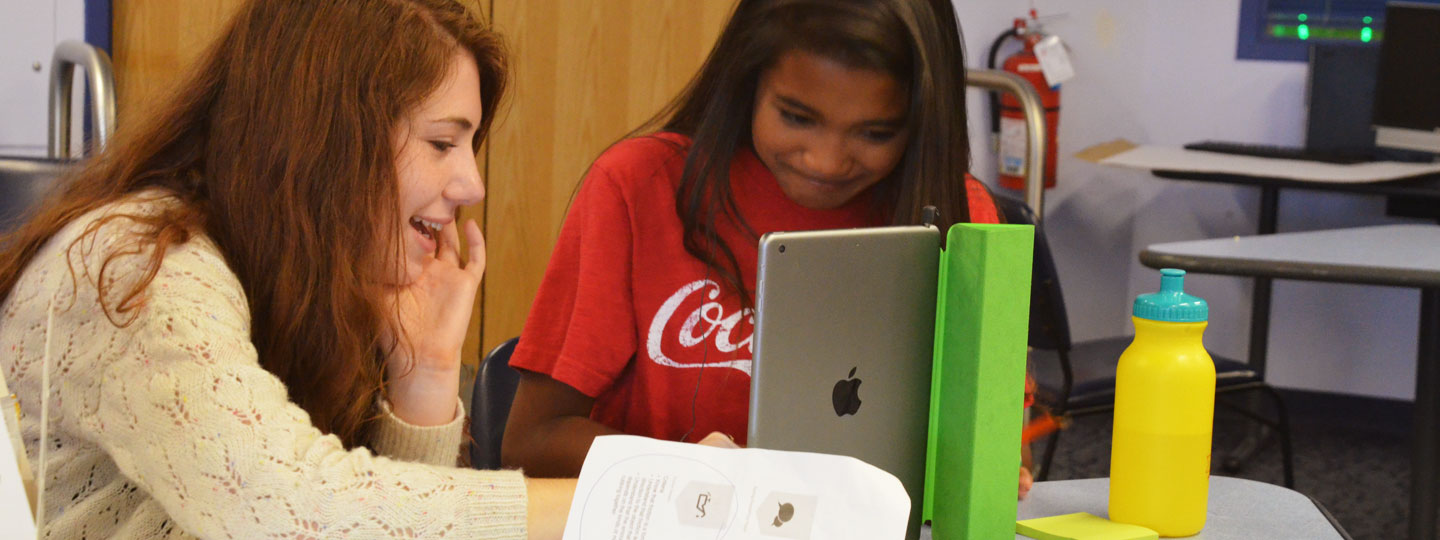
Work To Do: The Role of STEM Education in Improving the Tri-State Region’s Workforce
The Problem
In the tri-state region centered in southwestern Pennsylvania, business leaders are counting on excellent STEM education to develop the next generation of collaborative problem-solvers as a means of closing the large regional workforce gap of skilled workers. Local experts in workforce development have documented a critical shortage of workers to fill numerous career paths that are vital to the regional economy, particularly in the energy and advanced manufacturing industries. Employers are experiencing great difficulty in finding local candidates with the requisite technical and technology-related skills to fill vacant positions. This problem can be called a “STEM gap” because many candidates who reside in the region lack the science, technology, engineering, and math skills required for these jobs.
The Study
Carnegie Science Center launched its Center for STEM Education and Career Development in 2011 with the mission of convening the region’s STEM stakeholders – including educators, business leaders, and parents – to address these issues. In the summer of 2014, with funding from and additional support from Nova Chemicals, the Science Center engaged the services of Campos Inc. to conduct a research study about the perceptions and attitudes about STEM and its potential for workforce development among teachers, parents, students, and business leaders in 17 counties spanning western Pennsylvania and the adjacent areas of West Virginia and Ohio.
Summary of Results
Although educators say that STEM education is becoming more of a priority across the region, a seminal finding of this study is that rural areas represent one of the greatest, yet underexploited, opportunities for STEM education to impact workforce development.
By engaging all young people in science and math through a collaborative, hands-on, problem-solving and project-based approach to education, STEM education does not just inspire our future scientists but also elevates the prospects of all rural students, including those at small schools with limited resources – who, without STEM education, have fewer options. The challenge is to create separate pathways for different types of students so all can benefit from the promise of STEM education.
Major Findings
- Many parents, educators and business leaders believe that schools must do a better job of preparing tomorrow’s workforce. The U.S. is perceived to be far behind in math and science.
- Parents’ awareness of and understanding about STEM is low throughout the region. It is at its lowest in rural areas.
- Educators and business leaders identify key prerequisites for robust STEM education, the most important of which is making it engaging to students – collaborative, hands-on, problem-solving and project-based.
- Parents’ underlying attitudes about education and careers align with many STEM fundamentals. Even though many parents are uninformed about STEM education and are intimidated by advanced math and science, nearly all embrace problem solving and project-based learning, essential aspects of quality STEM education.
- Educators and business leaders are adamant in their opinions that STEM education is for all students.
- The current language around STEM is not resonating with parents.
- Business leaders believe that quality STEM education can help develop the next generation of collaborative problem-solvers as a way to close the regional workforce gap of skilled workers.
- Most educators say that STEM education is becoming more of a priority, but there are differences by region. Rural areas represent the greatest opportunity for STEM education related careers in new industries.
- Educators identify major obstacles to STEM education both inside and outside of school and the classroom.


